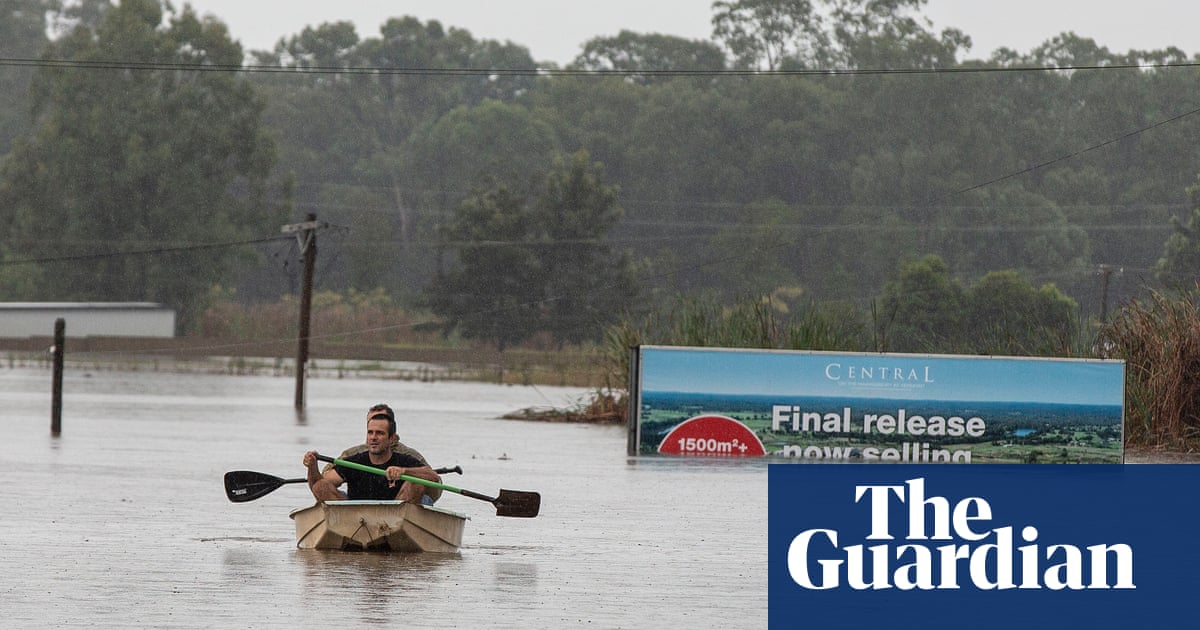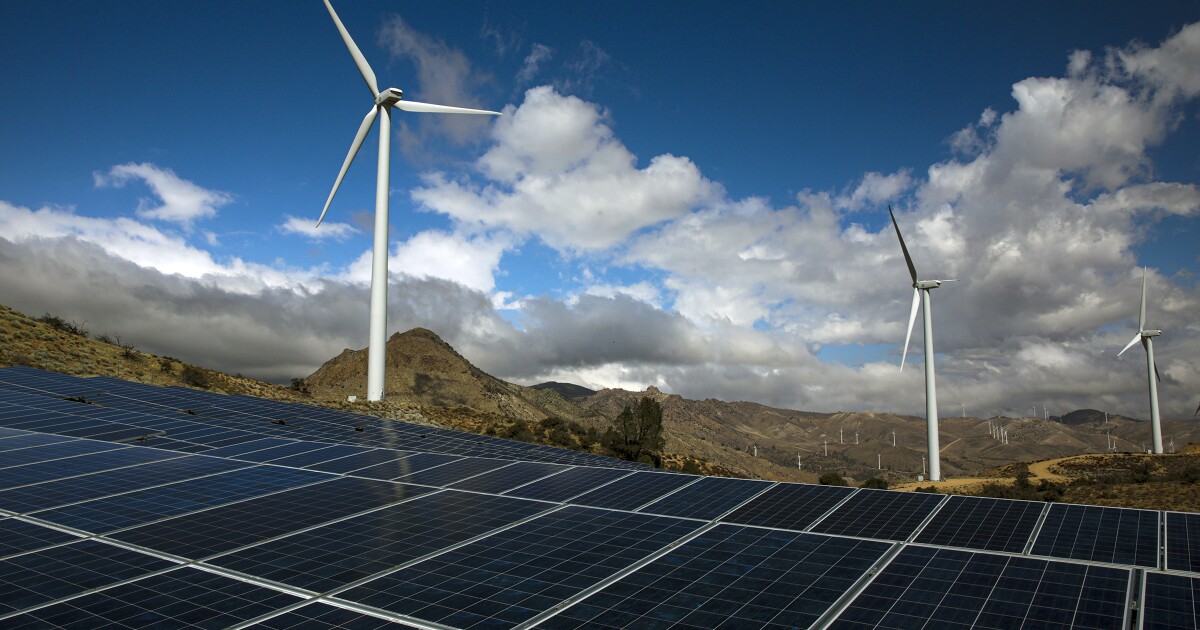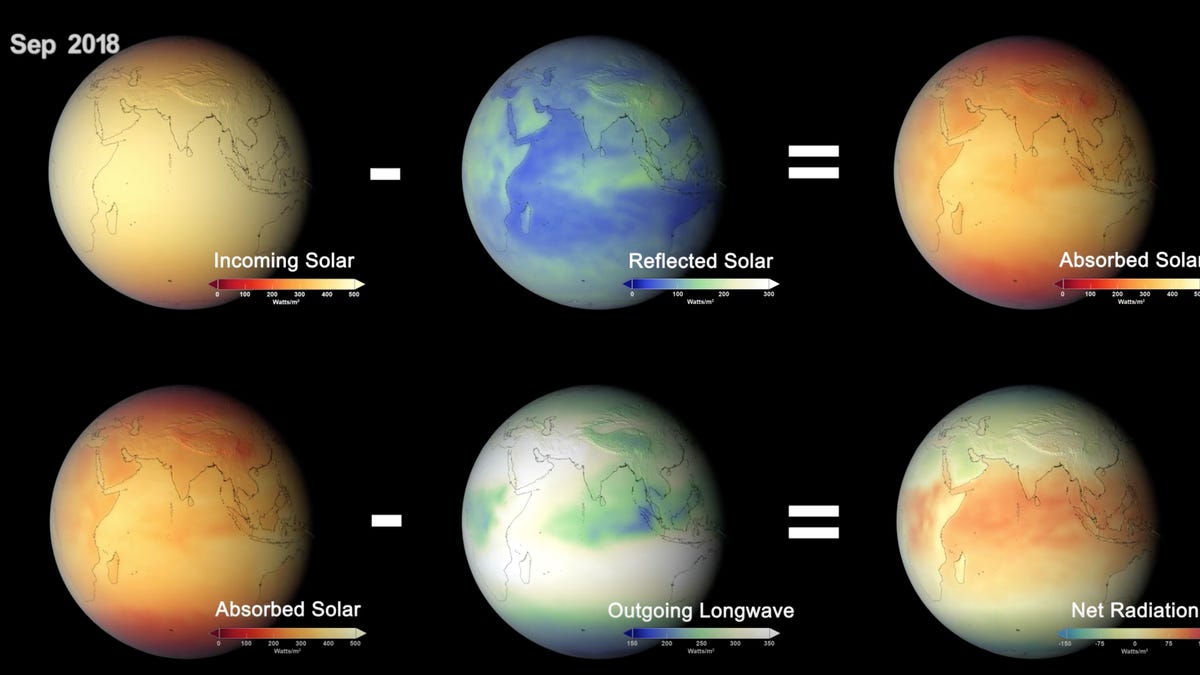JRP3
Hyperactive Member
Probably not but it's worth having the discussion. It seems there are much more efficient cryptos out there than BTC.
You can install our site as a web app on your iOS device by utilizing the Add to Home Screen feature in Safari. Please see this thread for more details on this.
Note: This feature may not be available in some browsers.

Or, there could just be a boring-old database instead of pointlessly adding overhead.There was talk of using Block Chain to allow individuals with energy supply (wind/solar/etc) to sell their energy... that would be pretty neat!
Mining is a requirement for open blockchains like Bitcoin, but not for blockchains in general.Or, there could just be a boring-old database instead of pointlessly adding overhead.
Blockchain has several advantages. It eliminates the requirement to have a trusted custodian and it opens up access to everyone in a transparent manner.Or, there could just be a boring-old database instead of pointlessly adding overhead.
You're talking about selling power across a grid. It's metered, limited, and there's a middle man.Blockchain has several advantages. It eliminates the requirement to have a trusted custodian and it opens up access to everyone in a transparent manner.
No middle man needed with blockchain.You're talking about selling power across a grid. It's metered, limited, and there's a middle man.
Also, each transaction is low value.
Blockchain is overkill.

 www.sciencedirect.com
www.sciencedirect.com

 www.instagram.com
www.instagram.com

The NREL study team included nearly 100 people and was aided by the “Eagle” supercomputer at the research lab’s Golden, Colo., headquarters. They conducted an energy systems analysis they believe to be unprecedented in scope and detail, running more than 100 million simulations since 2017 and integrating heaps of modeling data on electricity use, job creation, weather conditions, power lines and the potential for rooftop solar panels on houses across Los Angeles, among other topics.
Possibly some of the 100 million simulations included geothermal, wave, tidal power. Those options may be unproven or not scalable.Saw their YouTube videos (am a subscriber), wondered why they didn't mention geothermal or wave/tidal power, either of which would provide some level of reliability when the sun isn't shining and wind not blowing.
@SmartElectricSaw their YouTube videos (am a subscriber), wondered why they didn't mention geothermal or wave/tidal power, either of which would provide some level of reliability when the sun isn't shining and wind not blowing.

 qz.com
qz.com


